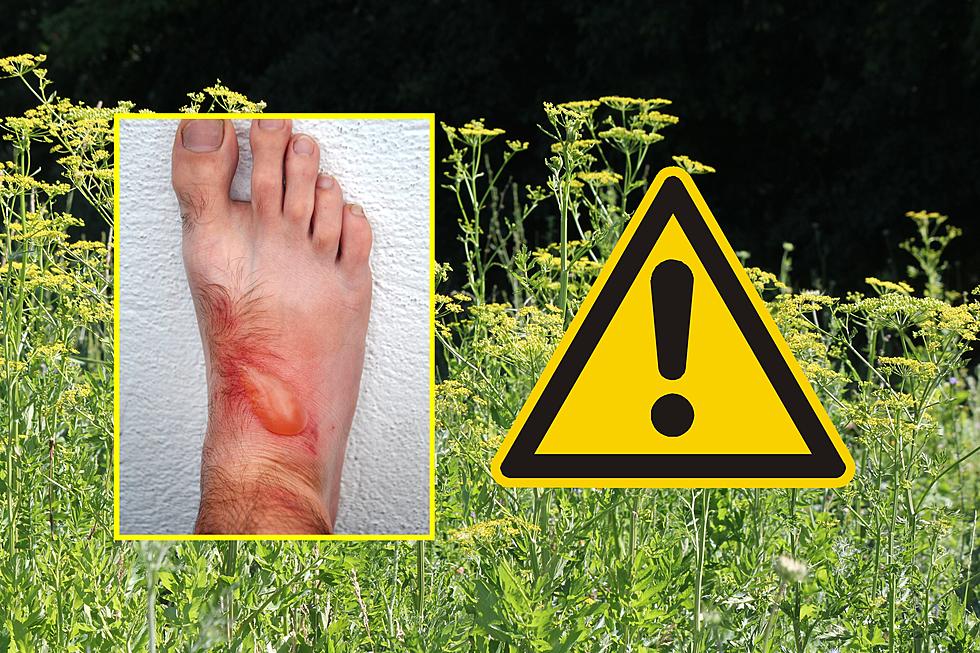
This Illinois Flower Burns and Blisters Skin, Hurts Like Hell
Imagine you're skipping through a picturesque field in Illinois, admiring the beauty of nature, when suddenly, bam!
You're hit with an allergic reaction that makes you look like you've been attacked by a swarm of angry bees. Who's the culprit? None other than the notorious wild parsnip.
How could a harmless root vegetable turn into my worst nightmare?
The wild parsnip is not to be trifled with. Not only is it a weed that grows rampantly along roadsides and non-crop areas, but it also has the audacity to cause skin problems for some unlucky individuals. It also looks like a cute and innocent flower.
Identifying this villainous plant is crucial for avoiding future mishaps. Imagine mistaking it for a harmless Queen Anne's lace and getting a face full of trouble!
What does wild parsnip look like?
Wild parsnip is a Sneaky McSneakerson, standing tall at two to five feet with its deceitful yellow flowers.
But here's the kicker: wild parsnip causes something called phytophotodermatitis. (Big work, I know) Don't worry; you don't need a Ph.D. to understand it.
It's simply a fancy way of saying that this devilish plant, when combined with sunlight, induces inflammation and burns on your precious skin. Ouch!
READ MORE: Chicago Area Salmonella Outbreak Linked To Ground Beef
The burns caused by wild parsnips are no joke. Unlike poison ivy, which seems to single out the most unfortunate souls, wild parsnip has no favorites. Everyone is sensitive to it, whether you're a seasoned adventurer or a hapless bystander.
It's all about the sap from broken leaves or stems coming into contact with your skin. And let's not forget the burning sensation. It may not be as itch-inducing as poison ivy, but it still packs a punch.
How do you protect yourself from wild parsnips?
First and foremost, you've got to gear up like a true warrior. Gloves, long pants, and long-sleeved shirts will be your armor against this green nemesis.
If you're planning a weed control mission, schedule it for the early evening to avoid the scorching sun and reduce the risk of turning into a human torch.
In case you do have a run-in with the wild parsnip, don't panic. Grab a cool, wet cloth and drape it over the affected areas. It'll soothe the burn and give you a fashionable, albeit temporary, look.
Remember, patience is key. Try not to pop those blisters prematurely; they're your body's own protective gear. If the situation gets out of hand, don't hesitate to consult a doctor. They've seen it all, trust me.
Wildflowers Insider Tip:
Not all plants with yellow flowers are parsnips. There are other relatives who might share a similar fashion sense, but they won't cause the dreaded parsnip burn.
The meadow parsnip, for instance, is harmless and just wants to be friends. The real troublemakers, though, are the cow parsnip, poison hemlock, and water hemlock. If you see purple spots or patches on their stems, run for your life. Seriously, they're deadly.


